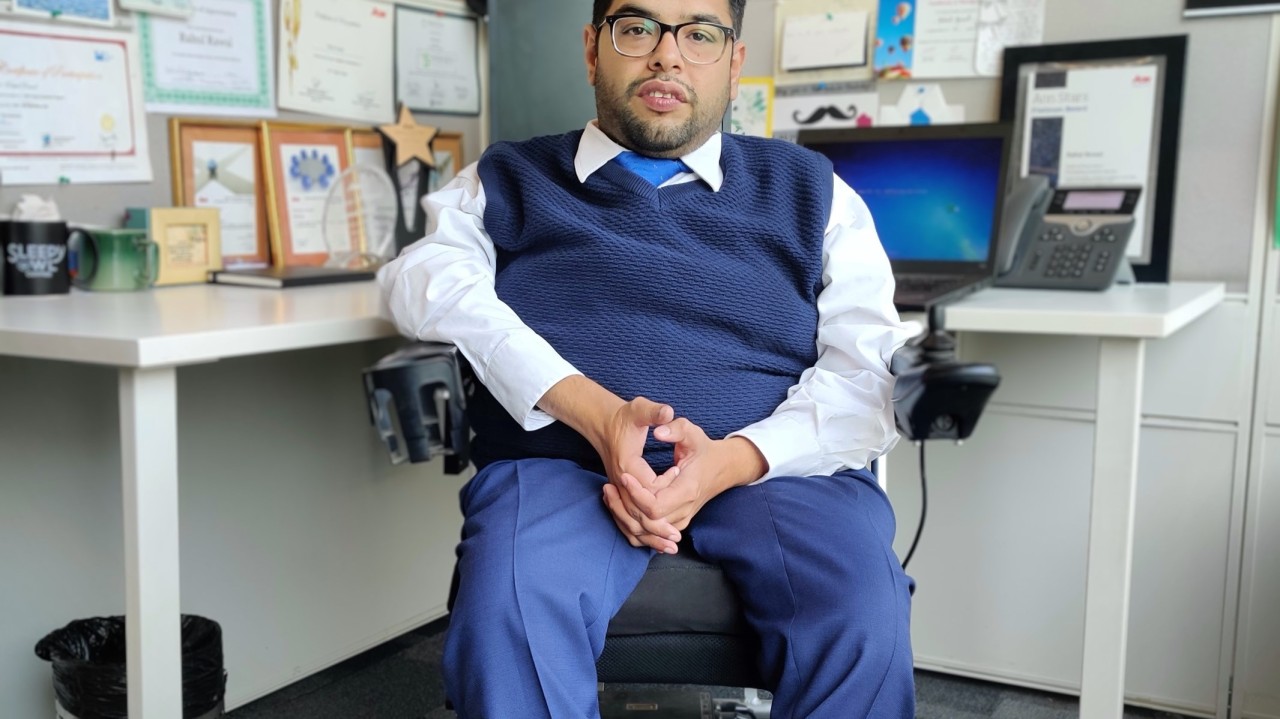Published on: 10.02.2025
Financial independence is a fundamental right, but is it for millions of people with disabilities (PwDs) in India? Sadly, it remains an uphill battle. While discussions around financial literacy, wealth creation, and savings are becoming more mainstream, there is one critical aspect that is often overlooked—the additional cost of disability.
The Hidden Costs of Disability
Let me try to be vulnerable here and try to decipher the cost of disability through my own example:
Per month running cost of a powered wheelchair assuming it will last 5 years: Rs. 2,000
Per month helper/caregiver cost: Rs. 19,000
Health Insurance monthly premium cost because of disability: Rs. 2,000
Term Life Insurance monthly premium cost because of disability: Rs. 5,000
Other misc. expenses related to a disability including medicals, etc: Rs. 5,000
Total expenditure because of Disability for me per month: Rs. 32, 000
(Please note the medical and term life insurance premium cost I mentioned is over and above owing to my disability)
And this cost is only going to increase as I age, and most certainly it will increase more than the increase in the income
Why Financial Inclusion Matters
Financial independence goes beyond simply earning money; it involves effectively managing, saving, and investing it. Unfortunately, most mainstream financial planning advice overlooks the unique challenges faced by persons with disabilities (PwDs).
1. Limited Access to Employment – Despite their talents and qualifications, PwDs often struggle to secure well-paying jobs due to workplace biases, a lack of accessibility, and limited flexible work opportunities.
2. Limited Access to Growth Opportunities – Individuals with disabilities frequently feel stagnant in their roles due to inadequate support systems, such as mentoring and coaching, combined with workplace biases.
3. Higher Cost of Living – Daily living expenses can be significantly higher for PwDs, encompassing medical costs and assistive technology. Studies indicate that these expenses can account for nearly 20.32% of a household's monthly expenditure.
4. Lack of Disability-Specific Financial Products – There are very few investment and insurance products designed specifically for the needs of PwDs, making it challenging to achieve long-term financial security.
5. Inaccessible Banking and Insurance Services – Many financial institutions still lack adequate accessibility features, hindering PwDs from independently managing their finances. Health and Term/life insurance are either not available or come at an exorbitant premium.
What Needs to Change?
✅ Tailored Financial Planning – Financial advisors and educators must craft personalized strategies that fully consider the additional costs associated with disabilities.
✅ Disability-Specific Investment and Insurance Products – Banks and insurance companies should design innovative policies that meet the unique financial needs of persons with disabilities (PwDs), empowering them to secure their futures.
✅ Accessible Banking and Digital Inclusion – We must ensure that digital banking, fintech applications, and financial literacy resources are completely accessible to all, paving the way for greater financial independence.
✅ Policy-Level Support – Governments should enhance incentives, tax benefits, and social security schemes to create a more inclusive environment for everyone.
Let’s remember that when individuals thrive—regardless of ability—it enriches our economy as a whole. This is not just beneficial; it’s a win-win for all of us!
By:Thrive & Include
Your email address will not be published. Required fields are marked *
